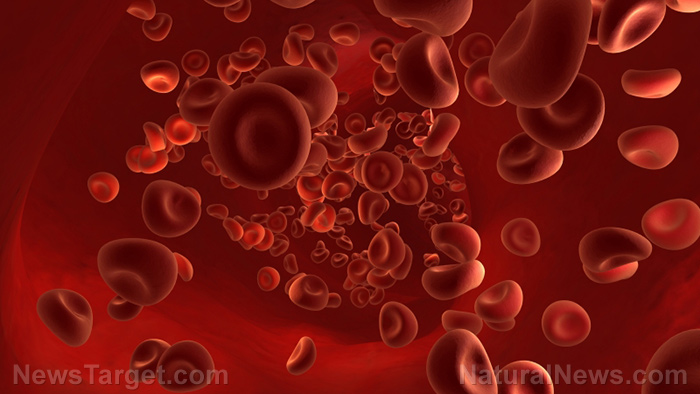
Advertisement
Many people suffer from injuries that often don’t show any visible signs of damage. Certain chronic diseases and traumas can lead to massive internal bleeding, which typically require surgical intervention in order to get fixed. Now a group of researchers has developed a method to effectively put an end to internal bleeding whenever it occurs, and they did it through the use of magnetic nanoparticles.
Magnetic nanoparticles make up one half of the solution cooked up by the scientists, which is a drug that can be administered to patients intravenously. The nanoparticles are described as magnetically-driven on the outside but containing thrombin, an enzyme that’s responsible for blood clots, on the inside. With this solution, the scientists were able to accelerate local clot formation on their specified target areas by up to 15 times. The details of this method were shared by the researchers recently in the journal Scientific Reports.
Internal bleeding may not be obvious when you look for outward signs in patients who are suffering from it, but it is one of the most serious medical conditions imaginable. Often, patients who are suffering from it need to be rushed to the emergency room for much-needed surgical treatment. If not treated properly, it can quickly lead to death, which is why it’s important to come up with possible non-invasive solutions that don’t go all the way to the level of surgical intervention. (Related: Survival first aid: How to stop excessive bleeding when you’re off-grid.)
The solution crafted by the researchers involves simply stopping internal bleeding right at its source by allowing blood clotting to occur more rapidly. For their method, they decided to go with a simple injection. The injection contained the above-mentioned magnetic nanoparticles with thrombin enclosed within them.

According to Andrey Drozdov, a member of the Solution Chemistry of Advanced Materials and Technologies (SCAMT) lab at ITMO University in Russia, they found a highly effective solution with their method, though it didn’t appear to be one at first. “We tested the nanoparticles’ efficiency on human blood plasma samples and a special vessel model. After the first experiments with plasma, we found out that thrombin in our nanoparticles is less active compared to its free variant,” he explained.
“Yet we went on with the tests and ran additional experiments on a model of the blood stream,” Drozdov added. “We were able to observe how nanoparticles behave when the vessel is damaged. It turned out that magnetic localization compensates for lower activity.”
By the end of their experiments, they concluded that the nanoparticles were able to reduce the clotting time by about 6.5 times and can effectively reduce blood loss by 15 times, said Drozdov.
Meanwhile, Vladimir Vinogradov, the head of the lab, commented on the difficulty of coming up with the needed nanoparticles in the first place. “Synthesizing these nanoparticles is not easy,” he said. “It is important to keep their size down to 200 nanometers; otherwise they will not be suitable for injection.” Another consideration for the nanoparticle solution is the fact that mild synthesis conditions are required in order to make sure that the thrombin molecule doesn’t break down and lose its activity completely during nanoparticle formation.
All things considered, it appears as though the researchers have come upon a truly viable and non-invasive solution to the problem of stopping internal bleeding before it causes any serious damages in patients. For now, the research team is planning to conduct further testing and eventually perform clinical trials. If successful, you can expect to see or hear about the implementation of their methods at some point in the near future.
Read more stories about biomedical research at Research.news.
Sources include:
Submit a correction >>
This article may contain statements that reflect the opinion of the author
Advertisement
Advertisements















